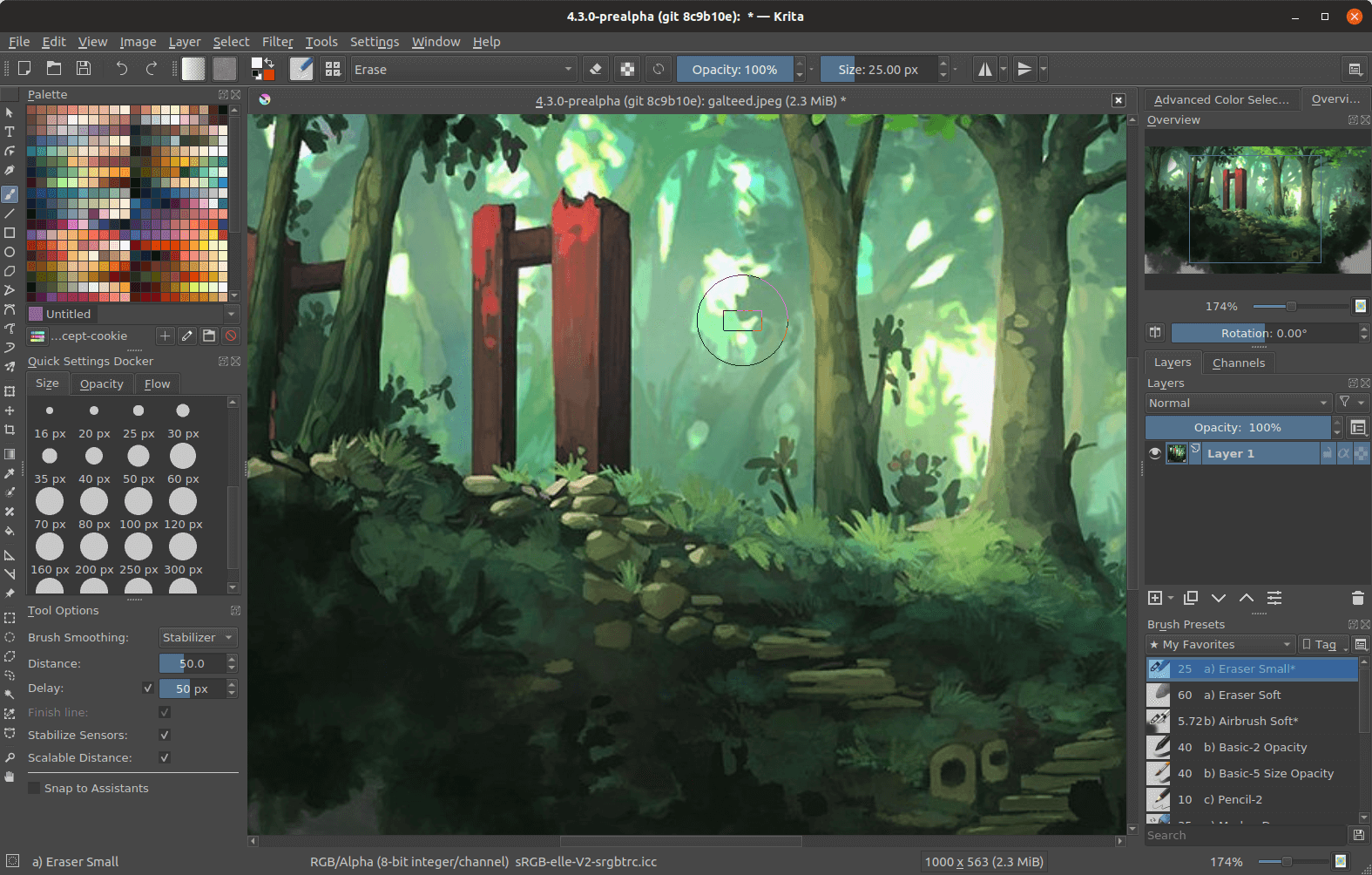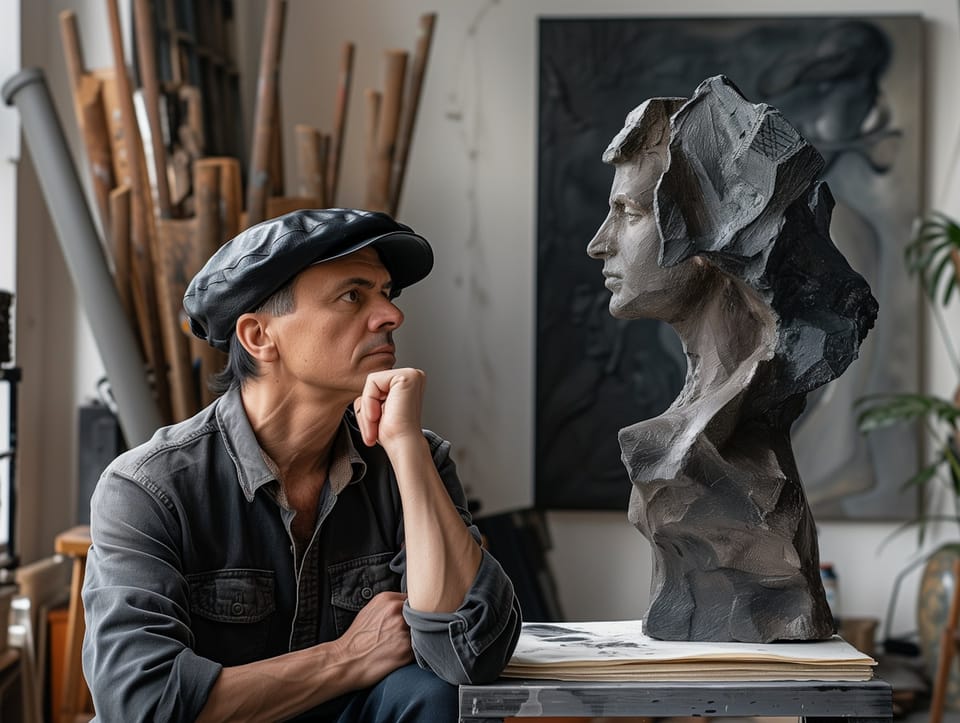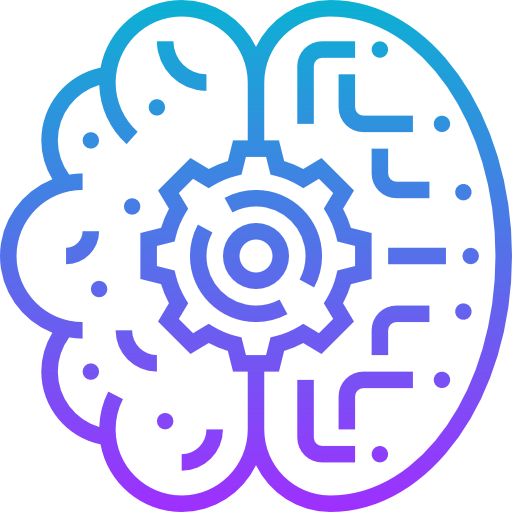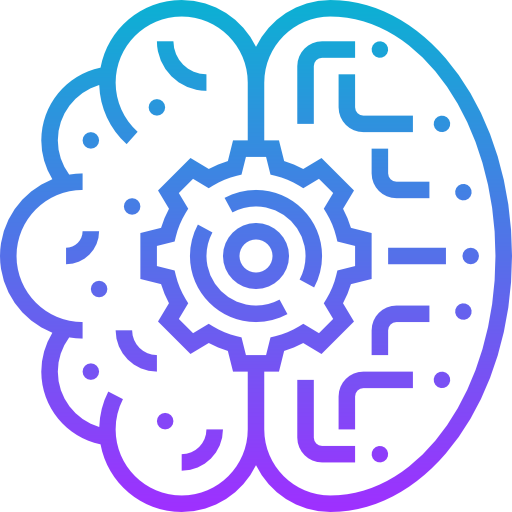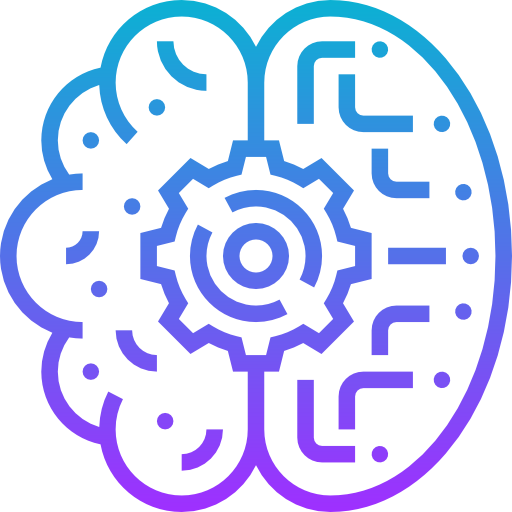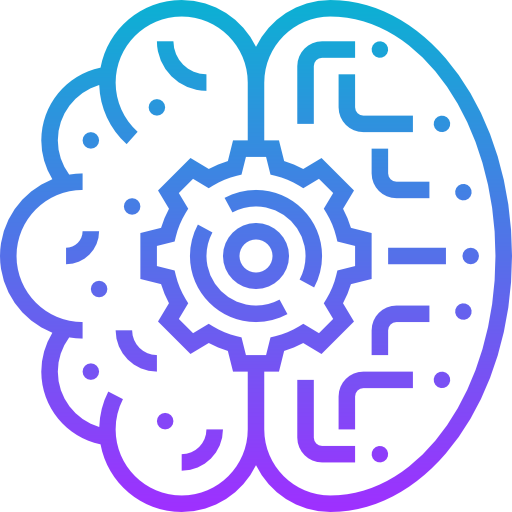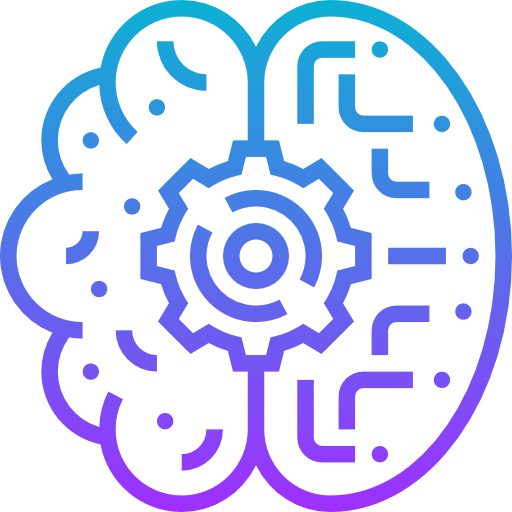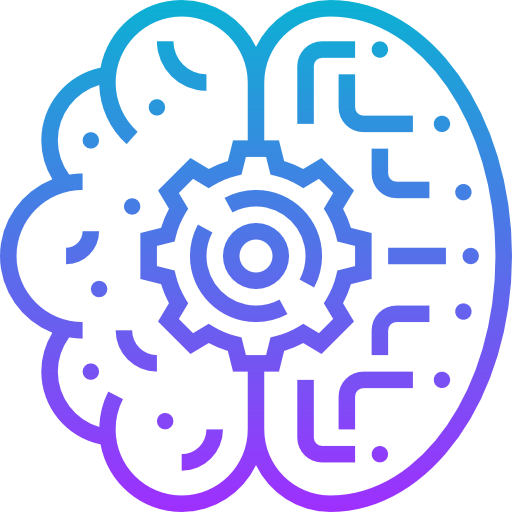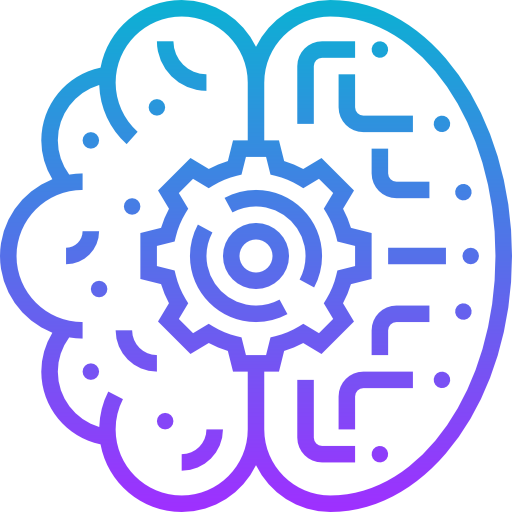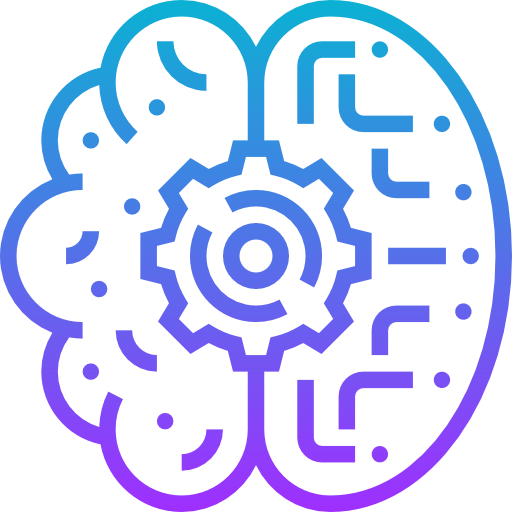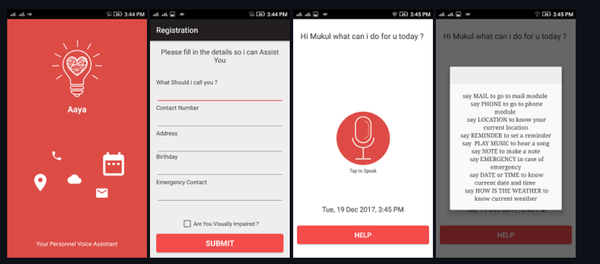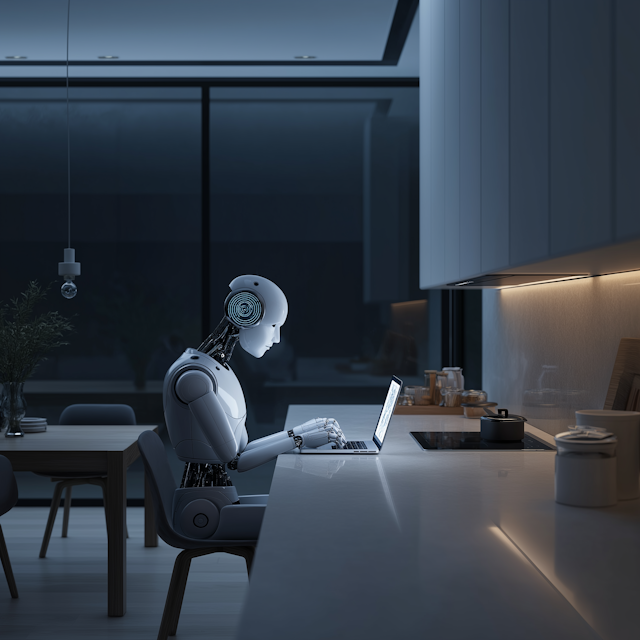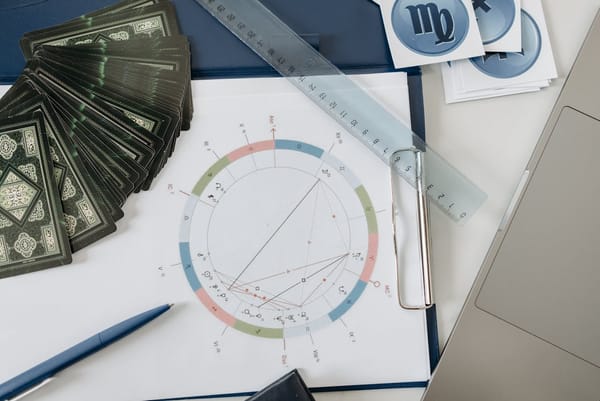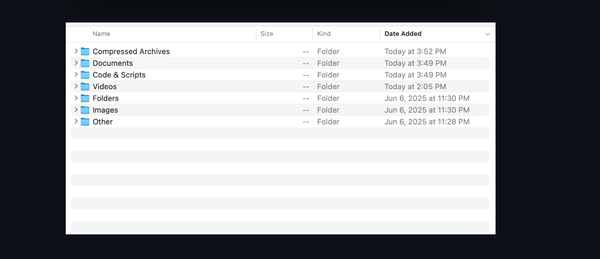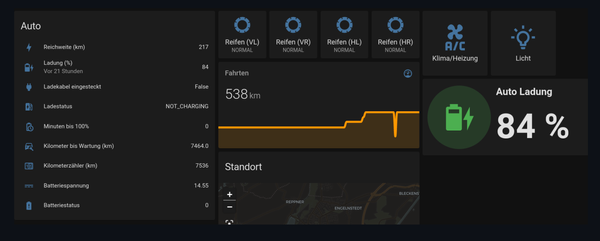Photoshop in the Age of AI: Is It Still King? (Spoiler: Yes, But with a Twist)
Table of Content
Let’s talk about Photoshop. You know it, you love it—or at least you’ve probably used it once or twice to remove that random photobomber from your vacation pics. For decades, Photoshop has been the go-to tool for creatives, from graphic designers to meme-makers. But now, with generative AI tools like ComfyUI, Stable Diffusion, and other image-generation models blowing up the scene, some folks are wondering: is Photoshop on its way out?
Short answer? Nope. Long answer? Let’s dive in because this is where things get interesting.
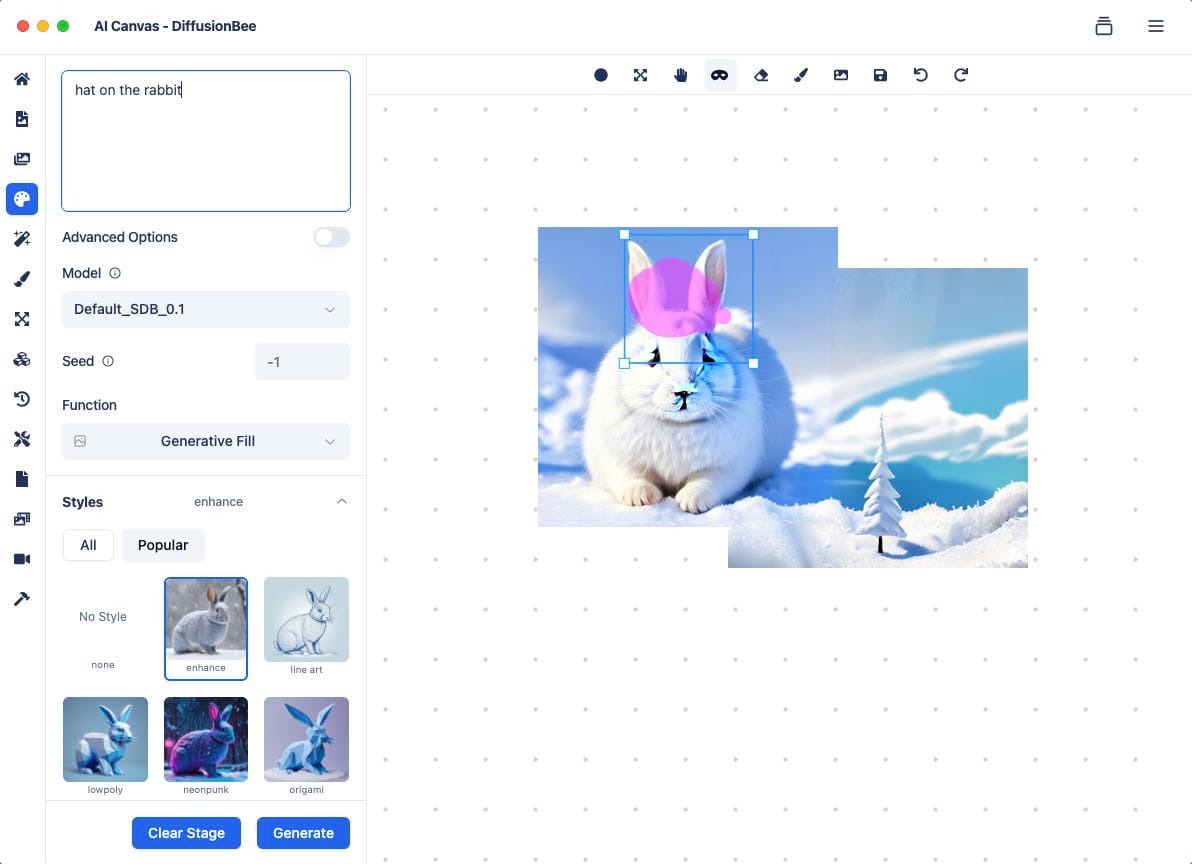
AI Isn’t Replacing Photoshop—It’s Leveling It Up
Adobe isn’t sitting around twiddling their thumbs while AI takes over. They’re leaning into it, big time. Take Generative Fill, for instance. This feature lets you whip up new elements in your image just by typing what you want—“add a glowing spaceship here” or “put a neon sunset over there.” It’s like having a super-smart assistant who does exactly what you say but still leaves the creative control in your hands.
And let’s not forget Adobe’s push to make Photoshop more accessible. With mobile and web versions rolling out, they’re basically saying, “Hey, you don’t need a $3,000 MacBook Pro to be a design wizard anymore.” That’s huge.
But here’s the kicker: Photoshop isn’t trying to compete directly with standalone AI tools like Stable Diffusion or ComfyUI. Instead, it’s absorbing the best parts of what makes those tools so cool and integrating them into its ecosystem. Think of it as Photoshop borrowing the hottest moves from the AI dance floor without losing its own groove.
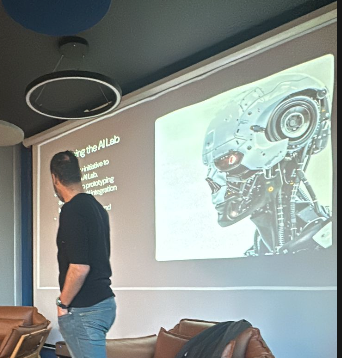
What About ComfyUI, Stable Diffusion, and the Rest?
If you haven’t heard of ComfyUI or Stable Diffusion, buckle up—it’s about to get nerdy. These tools are part of the wild world of diffusion models, which are basically algorithms that turn text prompts into jaw-dropping images. Want a steampunk octopus riding a unicycle on Mars? Boom, done. Need a photorealistic portrait of an elf queen holding a crystal orb? Easy peasy.
Here’s how it works (in non-techy terms):
- Diffusion Models: Imagine you have a clear glass of water, and someone starts adding drops of ink until it’s completely black. Now reverse that process—start with the black water and slowly remove the ink until you see the original image. That’s kinda what diffusion models do. They start with noise (random pixels) and refine it step-by-step into something coherent and beautiful.
- ComfyUI: This is like the DIY version of Stable Diffusion. It gives you full control over every little detail, letting you tweak settings until your image looks exactly how you want. It’s perfect for people who love tinkering and experimenting.
- Stable Diffusion: Think of this as the OG of open-source image generators. It’s free, powerful, and constantly being updated by a massive community of developers and artists. Plus, it runs locally on your computer, so no cloud fees or subscription drama.
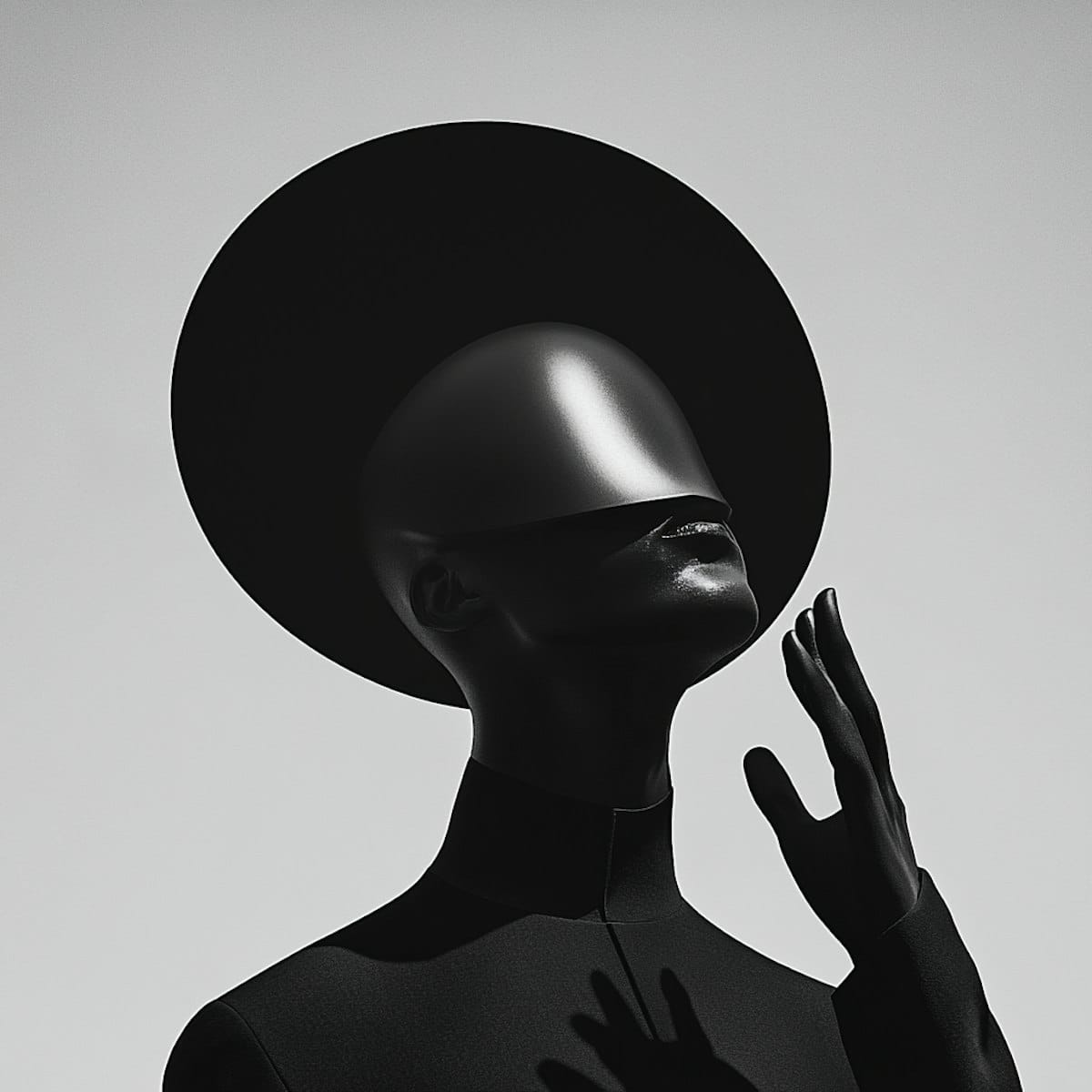
These tools are incredible for generating ideas, creating concept art, or even just goofing around. But—and this is a big but—they’re not designed to replace Photoshop. Why? Because they lack the precision and workflow integration that professionals rely on.
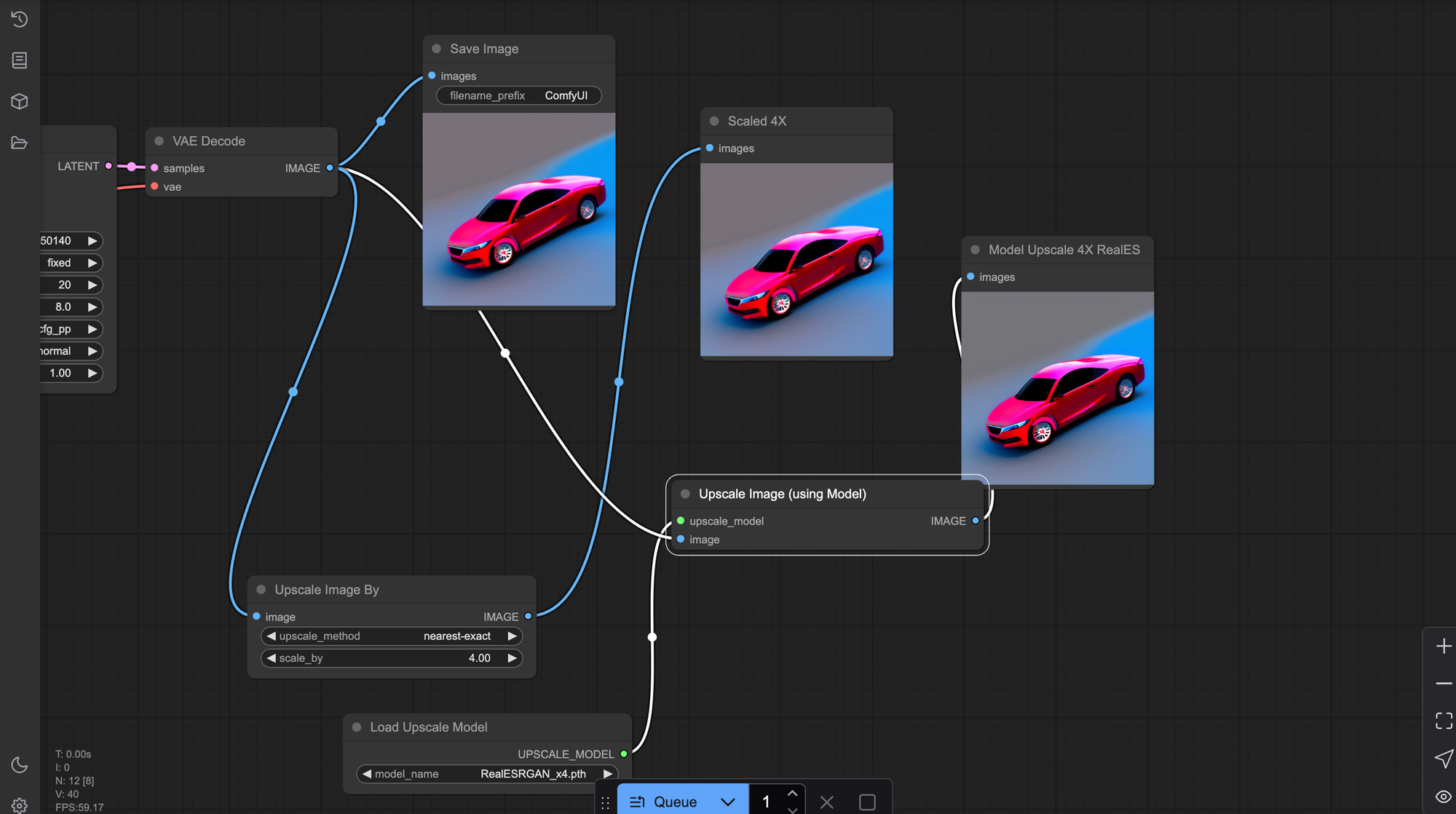
Why Photoshop Still Rules the Roost
Here’s the thing: Photoshop isn’t just about editing photos anymore. It’s a powerhouse for everything from digital painting to 3D modeling to video effects. And now, with AI baked right in, it’s becoming even more versatile.
Sure, standalone tools like Stable Diffusion can dream up insane visuals in seconds, but they’re not built for fine-tuning or complex compositions. That’s where Photoshop shines. It’s like comparing a sketchpad to a full-blown art studio. One is great for quick bursts of inspiration, but the other gives you the tools to turn those sparks into masterpieces.
Plus, let’s not underestimate the value of human creativity. AI can generate stunning images, but it doesn’t understand context, emotion, or storytelling the way humans do. A machine might create a beautiful landscape, but only a human can infuse it with meaning and intent.
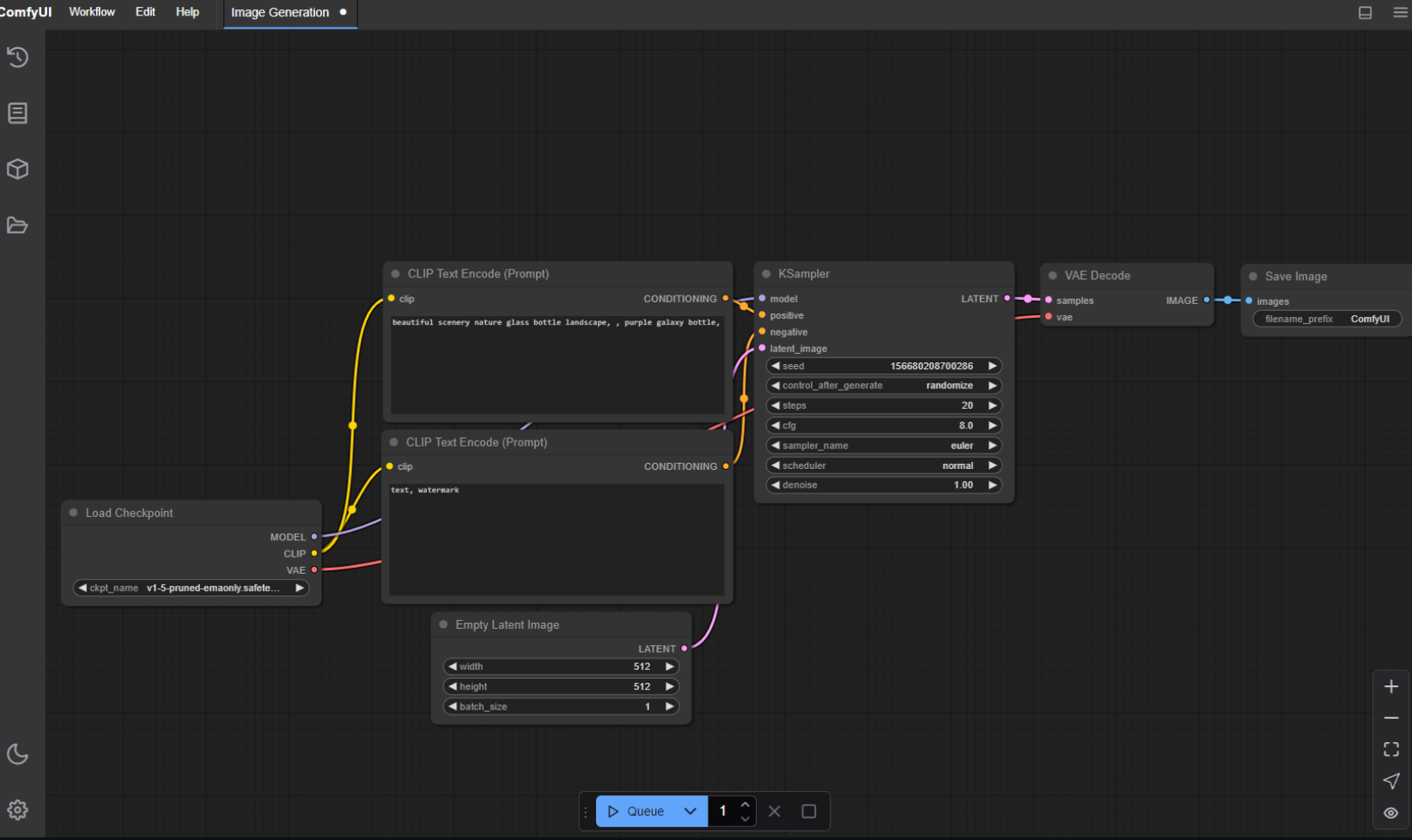
The Future Looks Bright (and Kinda Weird)
So, is Photoshop dead? Not even close. In fact, I’d argue it’s entering one of its most exciting phases yet. By embracing AI, Adobe is ensuring that Photoshop stays relevant in a world where everyone has access to powerful generative tools.
At the same time, tools like ComfyUI and Stable Diffusion are pushing the boundaries of what’s possible, inspiring artists to explore new styles and techniques. Together, these technologies are creating a feedback loop of innovation that benefits everyone—from hobbyists to pros.
In the end, it’s not about choosing between Photoshop and AI—it’s about using both to unlock your full creative potential. So fire up Photoshop, play around with some diffusion models, and see where your imagination takes you. The future of art is wide open, and honestly? That’s pretty freaking cool.
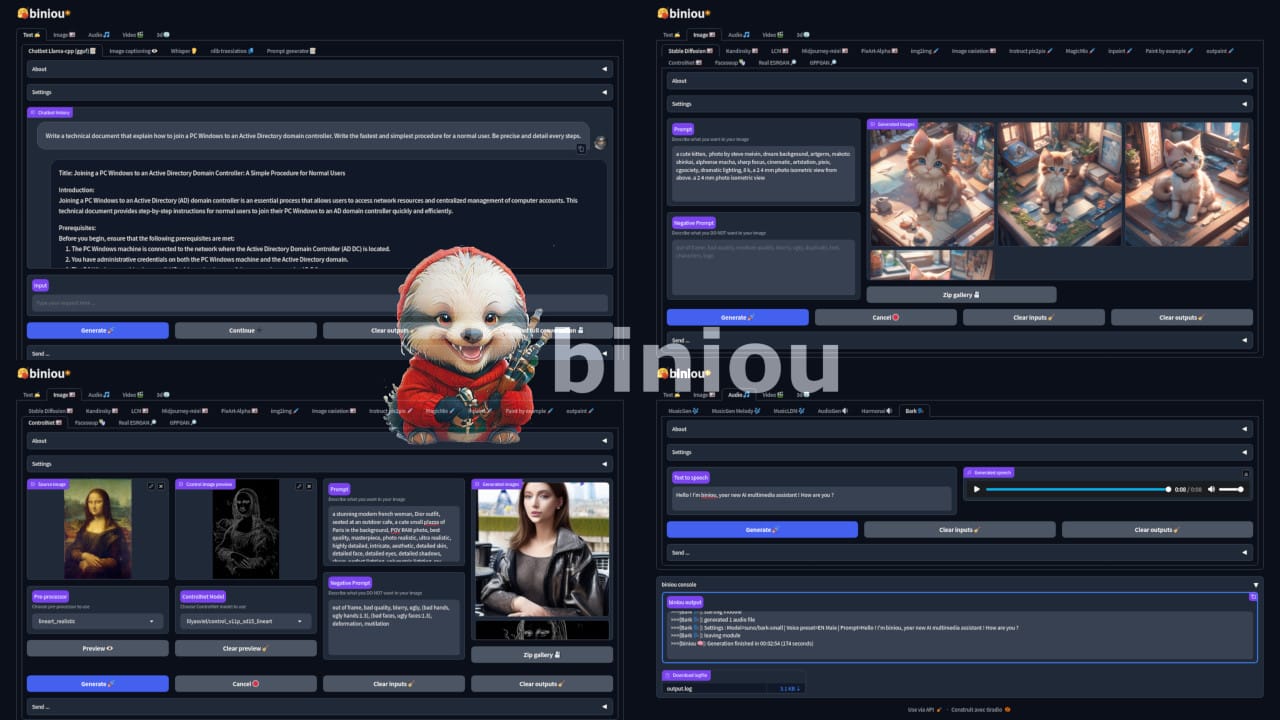
What do you think? Are you team Photoshop, team AI, or somewhere in between? Drop your thoughts below—I’d love to hear ‘em!
